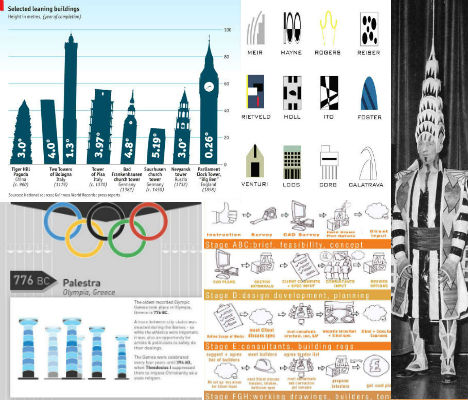Patterns And Technologies Forming The Future Of Commercial Construction
Patterns And Technologies Forming The Future Of Commercial Construction
Blog Article
Content Develop By-Hauser Malloy
Did you know that the worldwide building and construction market is forecasted to reach a value of $12.7 trillion by 2022? With such an enormous market, it's not surprising that that industrial building is constantly advancing to fulfill the demands of the future.
From improvements in structure materials to the combination of smart innovation and arising building strategies, the industry is on the brink of a significant improvement.
But just what are these fads and developments that will form the future of industrial building and construction? Stay tuned as we check out the interesting opportunities that lie ahead and just how they will certainly revolutionize the means we construct.
Developments in Building Products
Improvements in structure materials have actually reinvented the industrial construction sector, allowing for more efficient and lasting building and construction practices.
With the introduction of cutting-edge materials such as green concrete and cross-laminated wood (CLT), construction companies are currently able to minimize their ecological effect while improving the overall top quality of their projects.
Eco-friendly concrete, as an example, is made from recycled products and has a reduced carbon impact compared to typical concrete. It additionally possesses excellent thermal homes, decreasing the demand for extra insulation.
CLT, on the other hand, is a lasting choice to steel and concrete. It's lighter, yet more powerful, and can be built off-site, causing quicker building times.
These innovations in building products not only benefit the environment yet additionally increase performance and cost-efficiency in the commercial building and construction market.
Combination of Smart Innovation
Integrating wise modern technology into commercial building projects has actually transformed the industry, enhancing efficiency and efficiency while enhancing total job management. Below are three ways in which wise modern technology is being integrated into business construction:
1. Building Automation: Smart innovation allows for the automation of numerous structure systems, such as illumination, home heating, air flow, and protection. This not just enhances energy efficiency yet likewise supplies a much more comfortable and adjustable environment for occupants.
2. Remote Surveillance: Smart sensors and IoT devices enable real-time tracking of building sites, enabling job supervisors to track development, recognize prospective issues, and make informed choices remotely. This minimizes the demand for physical presence on-site and enhances communication and collaboration.
3. Information Analytics: Smart innovation gathers and evaluates information from different resources, offering valuable understandings right into construction processes, source allowance, and efficiency. This data-driven strategy makes it possible for better decision-making, optimization of sources, and aggressive maintenance, ultimately resulting in set you back savings and improved task outcomes.
With the combination of smart technology, commercial construction jobs are coming to be a lot more effective, sustainable, and smart.
Arising Construction Strategies
As the industrial building market continues to progress, brand-new strategies are arising to enhance effectiveness and productivity in project execution.
One such technique is modular building and construction. https://www.spencerfane.com/ben-shantz-details-the-risk-management-toolkit-for-construction-contractors-in-the-springfield-business-journal/ involves the building and construction of structure elements off-site in a controlled environment, before they're transferred and assembled at the building website. By utilizing modular construction, tasks can be completed much faster, as the synchronised building and construction of different structure parts lowers total construction time. In addition, modular construction permits greater accuracy and quality assurance, as the work is carried out in a regulated environment with less exposure to external variables.
One more arising strategy is using 3D printing in building and construction. This ingenious strategy allows the creation of complex and customized structure components making use of computer-controlled machines. 3D printing minimizes material waste and building and construction time, while additionally supplying engineers and builders with even more layout adaptability.
These emerging techniques are poised to revolutionize the industrial construction industry, making jobs extra effective, cost-effective, and lasting.
Final thought
As you expect the future of business building and construction, one thing is specific: modification is on the horizon.
With developments in building products, the assimilation of wise technology, and arising building and construction methods, the sector is poised for a transformation.
So accept this exciting journey, where possibilities are unlimited and development is the secret.
Enter the future of commercial building and witness the change that will certainly leave you amazed.
